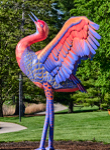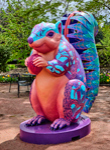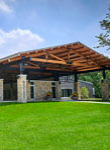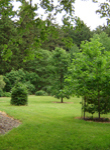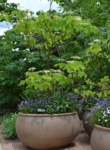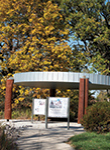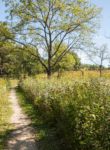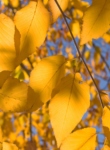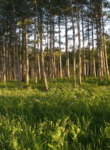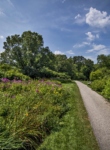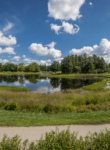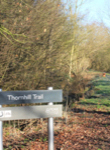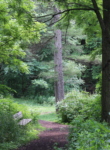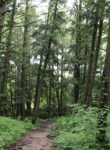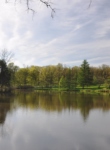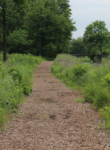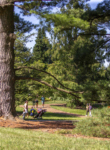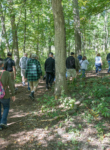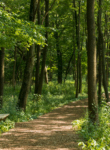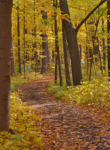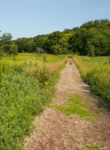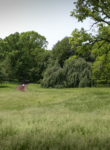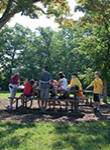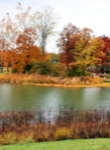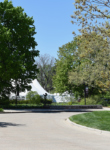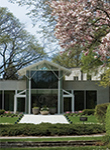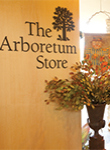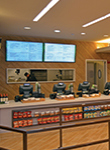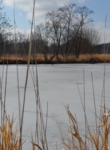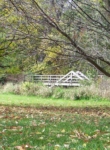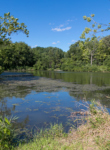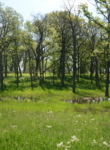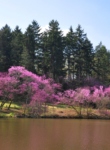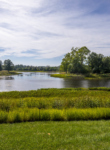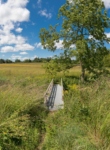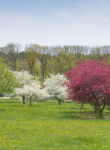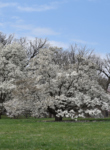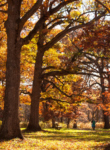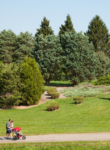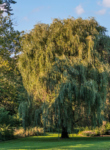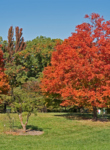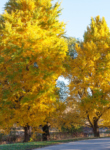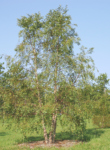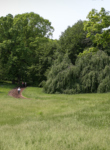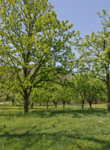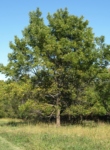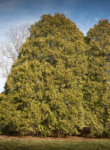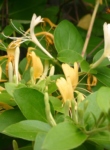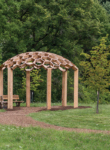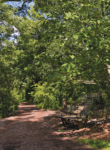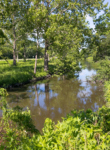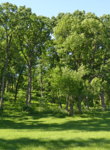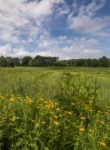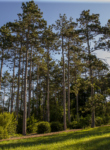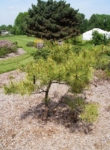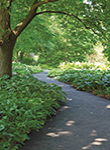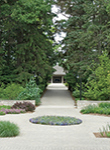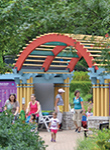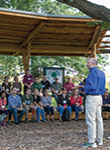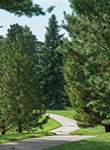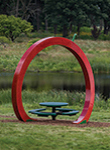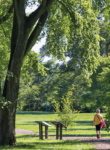Callery pear is an invasive plant. An invasive plant is a plant species that is non-native to the location being considered and whose presence and spread negatively impacts (or is likely to impact) ecological, economic or human health.
This plant spreads by seed. Callery pear is native to Asia. It was introduced to the U.S. as the cultivar ‘Bradford’ for use in research. It was considered as a potential means to develop resistance to fire blight in edible pears. ‘Bradford’ was then also introduced as an ornamental tree and was widely planted. Callery pear is now found in a wide range of environments from native woodlands to vacant lots and other disturbed sites. It occurs in much of the eastern half of the United States. While individual cultivars of this species are not self-fertile, they can cross with one another and with other species of pear. Callery pear can produce large crops of fruit. Animals eat the fruit and disperse the seeds. Dense thickets form and can compete with native plants. The thickets are often thorny, making physical removal difficult. Data collected at The Morton Arboretum show that this tree is invasive on the Arboretum grounds.
There are a number of native and non-native species that could be used in place of Callery pear. More desirable species may be found using the Search Trees and Plants page of the Arboretum website. Before purchasing or planting, be sure to check for any local or state guidelines on these species, and make sure that the plant is suitable for its habitat by checking its attributes at mortonarb.org or plants.usda.gov.
- Family (English) Rose
- Family (botanic) Rosaceae
- Tree or plant type Tree
- Foliage Deciduous (seasonally loses leaves)
- Native locale Non-native
- Size range Medium tree (25-40 feet), Large tree (more than 40 feet)
- Mature height 30-50 feet
- Mature width 20-35 feet
- Light exposure Full sun (6 hrs direct light daily)
- Hardiness zones Zone 4, Zone 5 (Northern Illinois), Zone 6 (City of Chicago), Zone 7, Zone 8, Zone 9
- Soil preference Moist, well-drained soil
- Drought tolerance Tolerant
- Other tolerances Alkaline soil, clay soil, Dry sites, Occasional drought, Wet sites
- Season of interest mid spring, early fall, mid fall
- Flower color and fragrance White
- Shape or form Pyramidal
- Growth rate Moderate
- Transplants well Yes
- Planting considerations Aggressive, Commonly planted, Highly susceptible to ice damage, Weak wood and branch structure
- Wildlife Insect pollinators
- Has cultivars Yes
